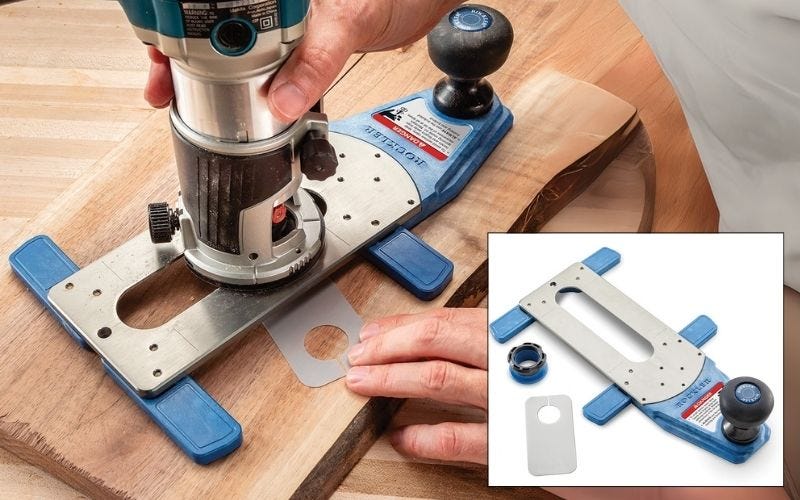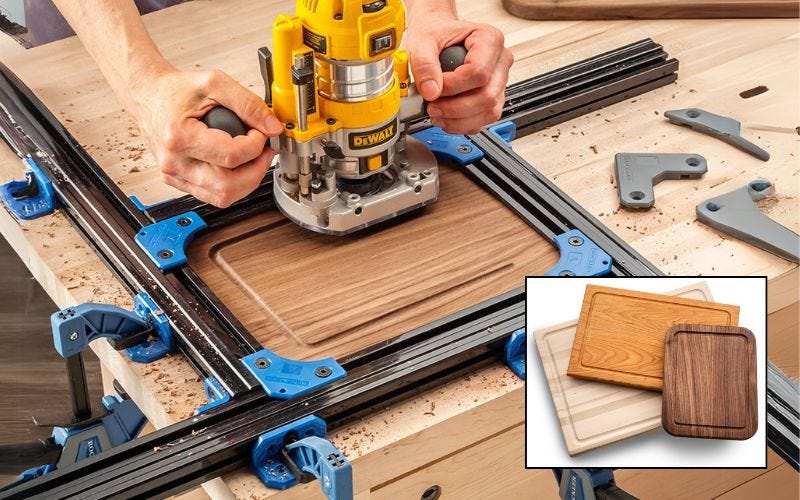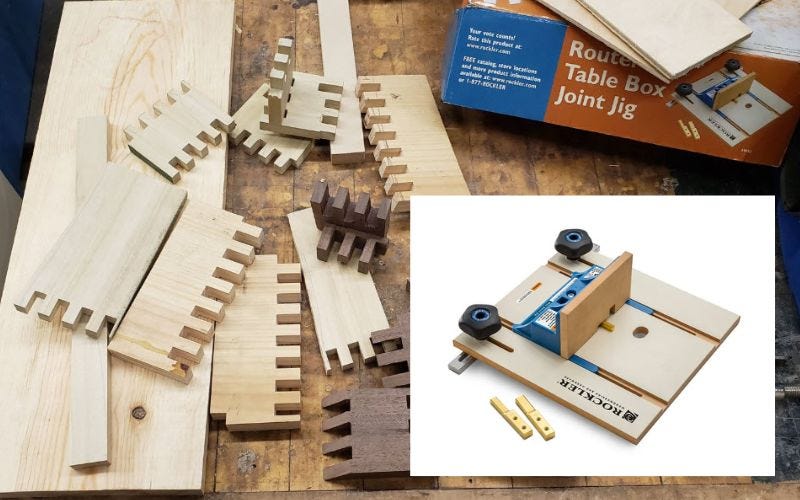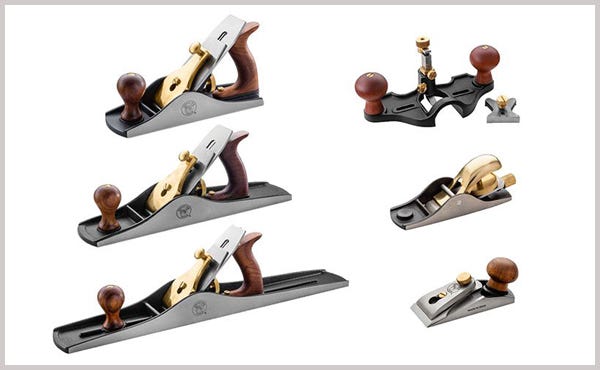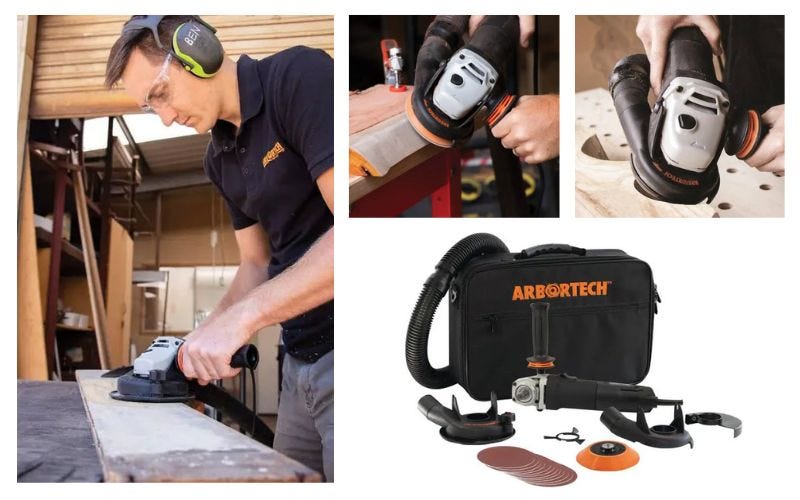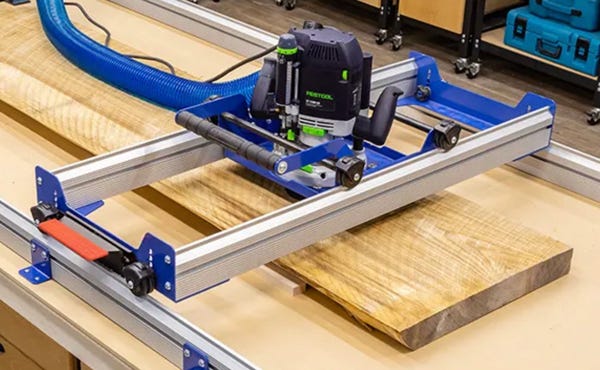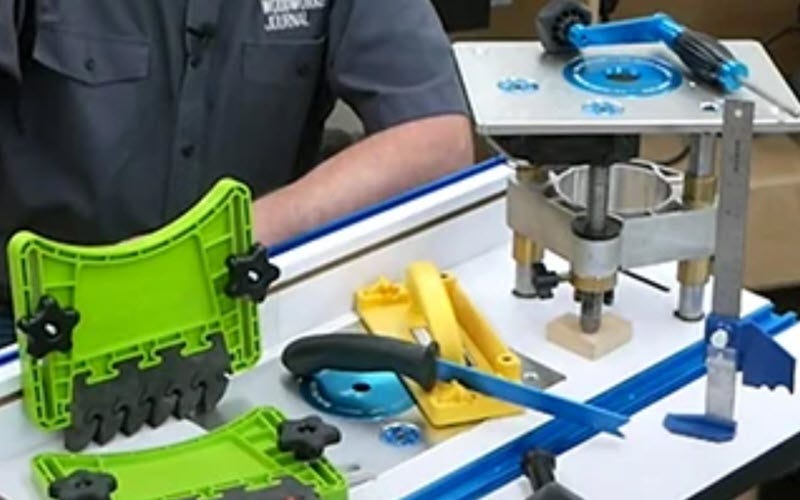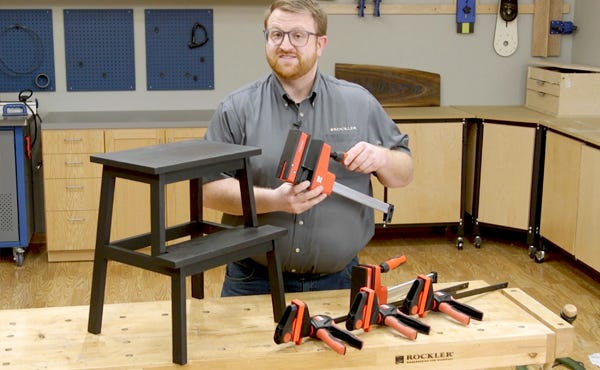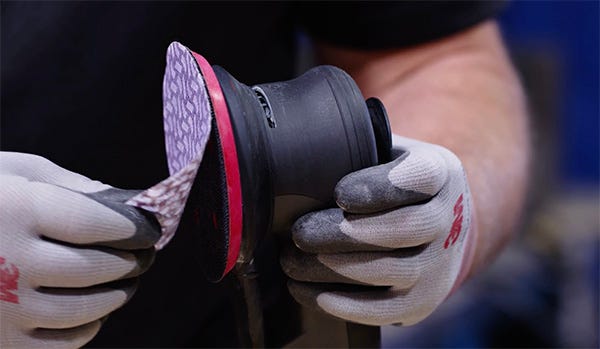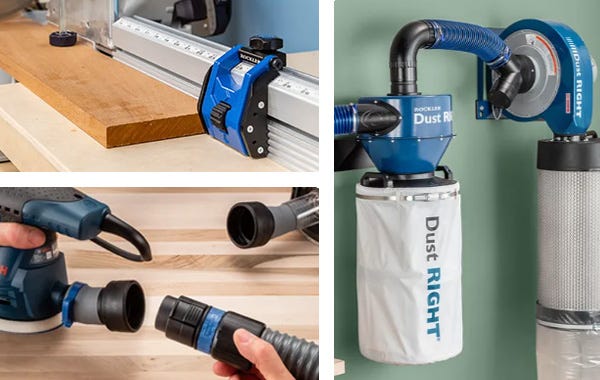All categories
Cutting and Shaping Wood
-
February 28, 2025Flawless Surfaces with Effortless Precision – The Rockler Flush-Cutting Router Jig!When you need to trim a protrusion flush with the surrounding surface, such as a wood plug, bow tie inlay, dovetail pins or even an epoxy overfill, yRead more
-
February 26, 2025If you’re fairly new to handheld routing, or have used this jig before but haven't gotten the results you were hoping for we’ve created this tips & tricks video to help!Read more
-
Categories: Woodworking Joinery , Routers and CNCs , Tool Reviews , Cutting and Shaping Wood , Jigs, Tips and TricksJanuary 17, 2025Check out the latest Jig of the Month.Read more
-
November 06, 2024What are the most common types of woodworking hand planes? Which wood hand planes do you need? Learn the best applications for each type of hand plane and how to set up and use a hand plane.Read more
-
October 08, 2024Learn why Rockler is the best place to shop for Arbortech power carving tools.Read more
-
Categories: Routers and CNCs , Rockler Legacy of Innovation , Cutting and Shaping Wood , How To GuidesSeptember 09, 2024What makes these the best router sled jigs for flattening rough slabs, boards, and projects, such as cutting boards?Read more
-
June 20, 2024Any router table can be improved so that it’s safer, more accurate or just plain more enjoyable to use! Here are our top 5 accessories worth adding.Read more
-
April 26, 2024Looking to create professional-quality wood signs without the hassle? Our Interlock wood sign making templates are here to simplify your processRead more
-
April 08, 2024Make this useful step stool using only a table saw, a drill/driver and two versatile clamps.Read more
-
Categories: Sanding and Finishing Projects , Workshop Setup & Tool Maintenance , Cutting and Shaping WoodJanuary 17, 2024Innovative sandpaper technology lets you sand more parts per disc, with less dust, boosting productivity and cleanliness.Read more
-
Categories: Workshop Setup & Tool Maintenance , Routers and CNCs , Rockler Legacy of Innovation , Cutting and Shaping Wood , Jigs, Tips and TricksDecember 12, 2023Choosing the best woodworking tools from the past year depends on the types of projects you build. So here are seven new woodworking tools that you won’t want to miss.Read more
